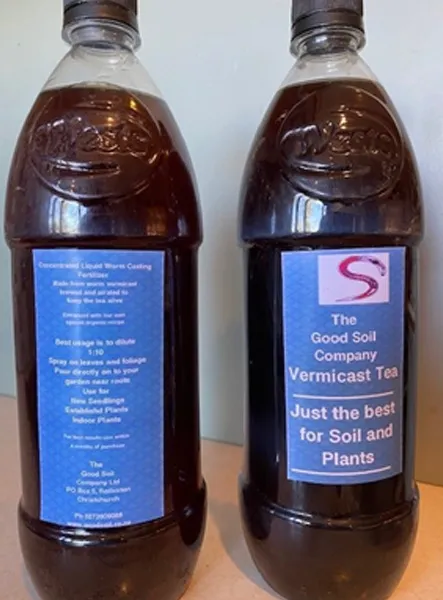What is Vermicast?
Vermicast, often called worm castings, is the end product of earthworms digesting organic matter. This nutrient-rich substance is a type of organic fertilizer that offers numerous benefits for plants and, as it turns out, can also be incredibly advantageous for creating a thriving environment for your tarantula. It’s essentially worm poop, but don’t let that deter you; it’s a powerful soil amendment packed with beneficial microbes, nutrients, and other elements that can significantly improve the overall health of a terrarium setup. The process of creating vermicast is a natural, sustainable method of recycling organic waste, making it an eco-friendly choice for pet owners who are conscious about their environmental impact. The worms break down the organic materials, such as food scraps and bedding, into a form that’s readily available to plants and, by extension, beneficial for the overall ecosystem of your tarantula’s habitat.
The Making of Vermicast
The production of vermicast is a fascinating natural process. It begins with the earthworms, typically red wigglers (Eisenia fetida), consuming organic waste materials. These worms have specialized digestive systems that break down the organic matter, extracting nutrients and expelling the undigested material as castings. The worms’ digestive process not only breaks down the organic matter but also adds beneficial bacteria and other microorganisms to the resulting vermicast. This microbial activity is crucial for creating a healthy soil environment. The worms also aerate the substrate as they move through it, improving drainage and oxygenation. The final product, vermicast, is a dark, crumbly material that is rich in nutrients, beneficial microbes, and humic substances. This process transforms ordinary waste into a valuable resource for plant growth and overall soil health, making it a sustainable and effective option for enriching your tarantula’s environment.
Benefits of Vermicast for Tarantulas
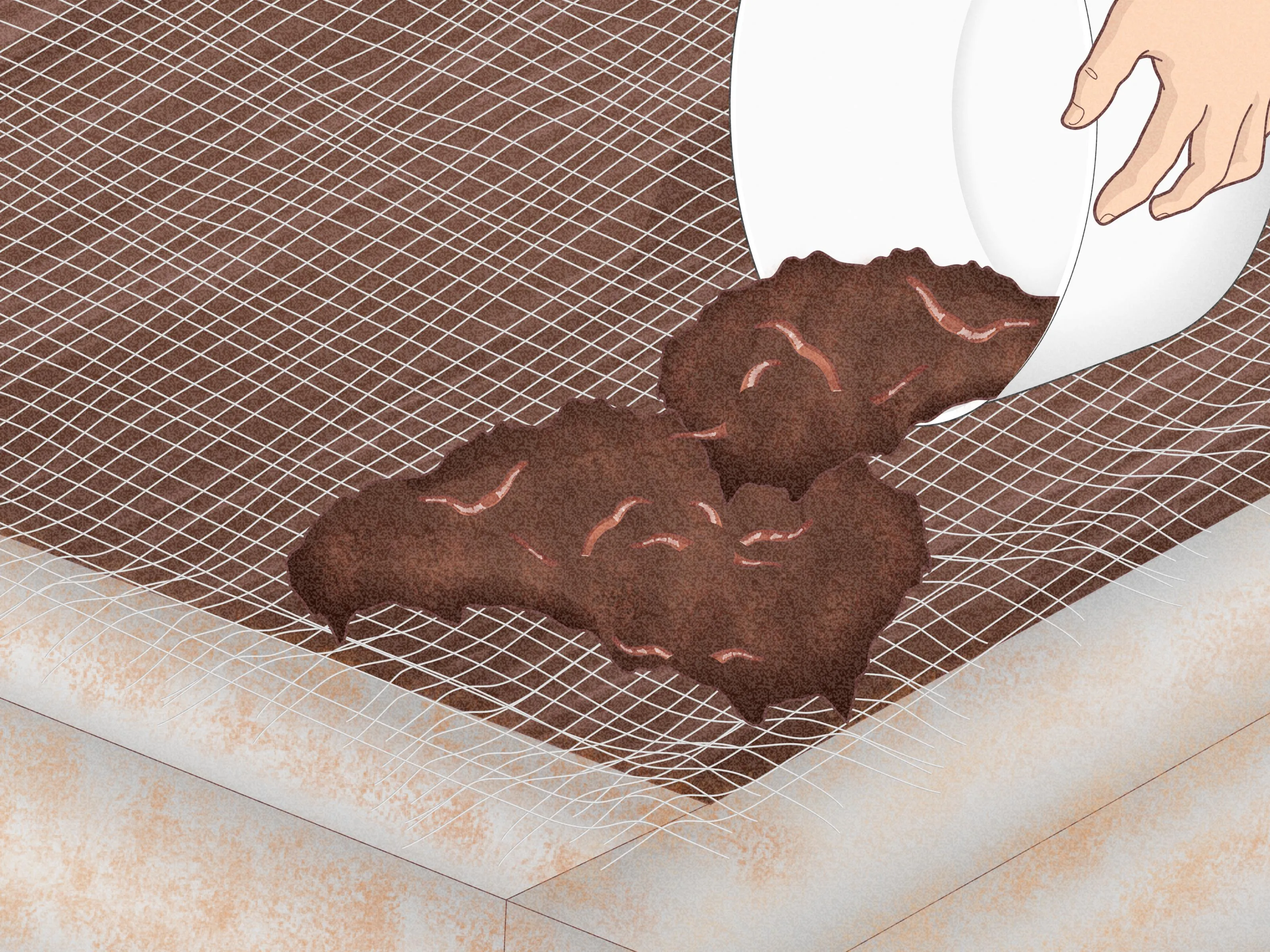
Vermicast offers a variety of benefits for tarantulas, extending beyond the simple provision of nutrients. When used in a tarantula’s substrate, vermicast acts as a natural soil amendment that promotes a healthier and more balanced ecosystem within the enclosure. This, in turn, creates an environment that supports the tarantula’s well-being. The advantages of vermicast are numerous and affect various aspects of the tarantula’s life, from the health of any live plants in the terrarium to the overall cleanliness and functionality of the habitat. The inclusion of vermicast in the substrate is a proactive step toward providing the best possible living conditions for your tarantula, leading to a more vibrant and less stressful habitat. Let’s delve into some of the key advantages.
Enhanced Soil Health
Vermicast significantly boosts the overall health of the soil or substrate within the tarantula’s enclosure. It improves the soil structure, which means it enhances aeration, drainage, and water retention. This is crucial because it prevents the substrate from becoming compacted, which can lead to anaerobic conditions that are harmful to the tarantula’s health. The improved soil structure also allows the roots of any live plants, if present, to grow more easily and absorb nutrients more effectively. Moreover, vermicast introduces beneficial microorganisms into the substrate. These microbes help break down organic matter, making nutrients available to the plants and creating a balanced ecosystem within the terrarium. A healthy soil environment is essential for creating a stable and thriving habitat for your tarantula, promoting their well-being and reducing the risk of problems associated with poor substrate conditions.
Improved Root Development
If you choose to include live plants in your tarantula’s terrarium, vermicast plays a vital role in enhancing root development. The nutrients and beneficial microbes in vermicast support robust root growth, leading to healthier, more resilient plants. Strong root systems are better at absorbing water and nutrients, which, in turn, leads to more vibrant foliage and overall plant health. Healthy plants not only beautify the terrarium but also help maintain a more stable humidity level, which is crucial for the tarantula’s well-being. Furthermore, enhanced root development helps prevent soil erosion, which is important for maintaining the integrity of the substrate and preventing the accumulation of waste. The overall effect of using vermicast is a thriving plant environment that contributes positively to the tarantula’s habitat, providing both aesthetic and functional benefits.
Increased Nutrient Availability
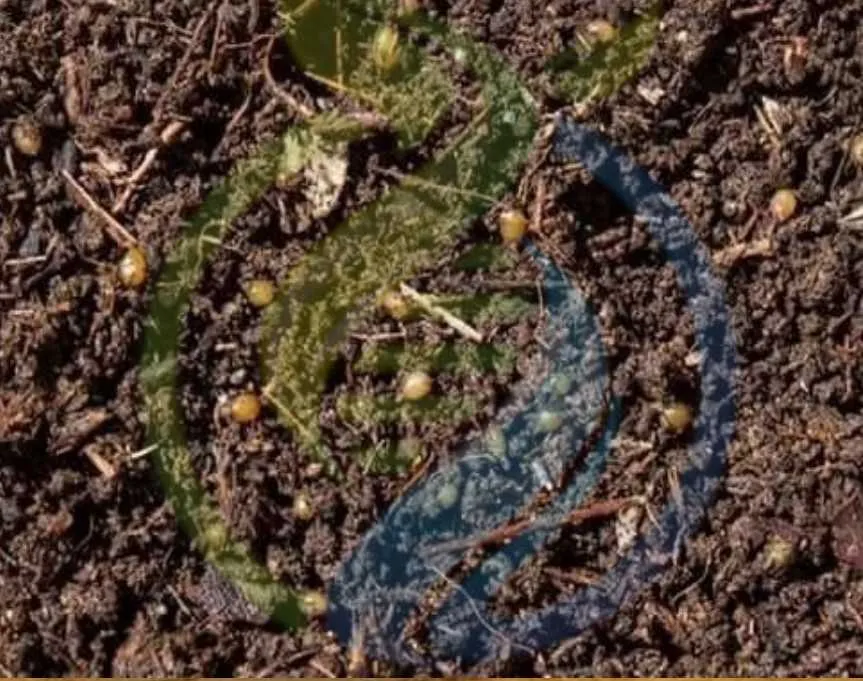
Vermicast enriches the substrate with essential nutrients and makes them readily available to plants. These nutrients include nitrogen, phosphorus, potassium, and various micronutrients that are vital for plant growth. The vermicast acts as a slow-release fertilizer, which means that the nutrients are released gradually over time, preventing nutrient burn and ensuring a consistent supply of nourishment for the plants. This slow-release mechanism is far superior to synthetic fertilizers, which can sometimes cause a sudden influx of nutrients, potentially harming the plants and upsetting the balance of the ecosystem. The increased nutrient availability means plants can grow more vigorously, leading to healthier, more vibrant greenery within the terrarium. In the context of a tarantula enclosure, healthy plants contribute to better air quality and humidity regulation, benefiting the tarantula’s overall environment and well-being.
Pest and Disease Resistance
Vermicast strengthens the resilience of plants against pests and diseases, creating a healthier environment within the tarantula’s enclosure. It contains compounds that naturally deter common pests and also boosts the plants’ immune systems. This increased resistance minimizes the need for potentially harmful pesticides, ensuring the safety of both the plants and the tarantula. Healthy plants are less susceptible to diseases, reducing the risk of introducing harmful pathogens into the terrarium. This proactive approach helps maintain a clean and balanced ecosystem, which is crucial for the tarantula’s well-being. By promoting plant health, vermicast contributes to a more robust and less stressful environment for the tarantula. This is because a healthy environment reduces the likelihood of both pest infestations and disease outbreaks, ensuring the tarantula’s optimal living conditions.
Enhanced Water Retention
Vermicast significantly improves water retention within the substrate, a key factor in maintaining optimal humidity levels in the tarantula’s enclosure. This is particularly beneficial for tarantulas, as they require a specific humidity range to thrive. Vermicast’s ability to hold water helps to prevent the substrate from drying out too quickly, reducing the need for frequent watering and minimizing fluctuations in humidity. This consistent moisture level creates a more stable and comfortable environment for the tarantula, which is essential for their health and molting process. The enhanced water retention also reduces the risk of dehydration, which can be dangerous for these arachnids. By incorporating vermicast, you create a more stable and suitable environment, contributing to the tarantula’s overall well-being and ease of care. This benefit underscores how vermicast is more than just a substrate amendment; it’s a key component in managing and maintaining the ideal conditions within the enclosure.
How to Use Vermicast for Tarantulas
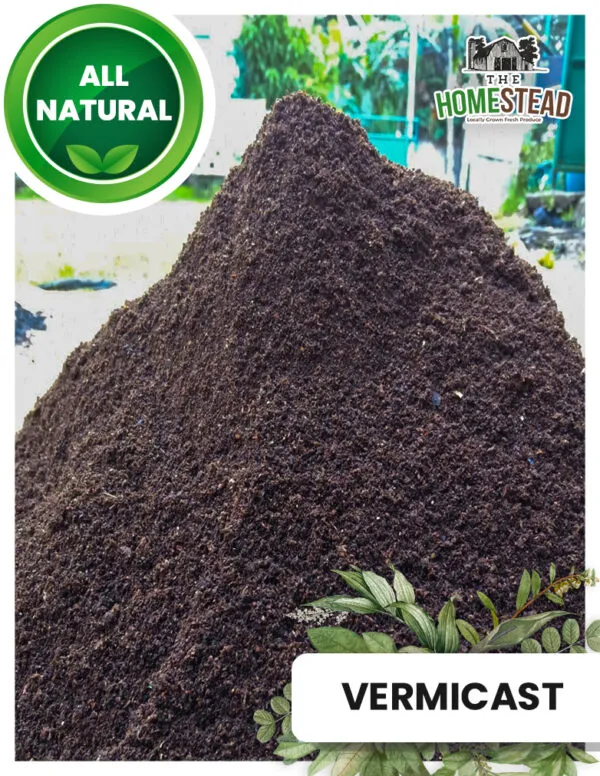
Using vermicast for your tarantula is straightforward and easily integrated into your terrarium setup. The primary aim is to create a suitable, healthy environment for your tarantula. Proper application of vermicast will not only improve the substrate’s quality but also enhance the overall aesthetic and functionality of the enclosure. This guide will walk you through the best practices to maximize the benefits of vermicast, ensuring a thriving habitat for your pet. It’s a simple, yet effective way to improve the living conditions of your tarantula, promoting its health and happiness.
Mixing Vermicast with Substrate
The most common method of using vermicast is to mix it directly into the substrate. The recommended ratio typically ranges from 10% to 20% vermicast to the existing substrate. Start by determining the total volume of substrate needed for the enclosure, then calculate the amount of vermicast required based on your desired ratio. Mix the vermicast thoroughly with the substrate, ensuring an even distribution. This process helps to incorporate the beneficial nutrients and microbes throughout the substrate, maximizing their effectiveness. You can use a clean container or tray to mix the vermicast and substrate before adding it to the terrarium. Be careful not to create large pockets of vermicast, as this could affect drainage and aeration. Once mixed, add the enriched substrate to the enclosure, maintaining the appropriate depth for your tarantula’s species. This step is a simple but critical part of setting up a beneficial environment, as vermicast supports the health of the soil and promotes a more vibrant habitat.
Monitoring the Tarantula’s Enclosure
Regular monitoring of the enclosure is essential to ensure the vermicast is benefiting the environment and that your tarantula is thriving. Check the humidity levels regularly using a hygrometer, as vermicast can affect moisture retention. The substrate should be slightly moist but not overly wet, to prevent mold or fungal growth. Observe the tarantula’s behavior; signs of discomfort, such as lethargy or excessive hiding, may indicate issues within the enclosure. Also, inspect the substrate for any signs of mold, excessive condensation, or unusual odors. Adjust watering frequency or ventilation, as needed, to maintain the ideal conditions. The plants, if any, should appear healthy with good foliage. By actively monitoring the enclosure, you can quickly identify and address any problems, ensuring your tarantula’s continued health and well-being. This step underscores the importance of responsible tarantula care, and provides an opportunity to adjust as the needs of your pet evolve.
Choosing the Right Vermicast

Selecting the right vermicast is crucial for maximizing the benefits in your tarantula’s terrarium. Not all vermicast products are created equal, and the quality can significantly impact the effectiveness and safety for your pet. Consider these factors to ensure you select the best option available. Proper selection is a foundational step towards creating a thriving habitat for your tarantula, promoting their health and happiness. Taking time to choose the right vermicast is an investment in the long-term well-being of your pet.
Factors to Consider
When choosing vermicast for your tarantula, several factors should be carefully considered. First, look for high-quality vermicast that is derived from organic sources. This will minimize the risk of introducing harmful chemicals or contaminants into the enclosure. Ensure the vermicast is free from any additives or synthetic fertilizers. Read the label to understand the composition of the product and look for certifications that indicate it has been produced according to organic standards. Also, consider the particle size of the vermicast; a finer grade is usually better for tarantula enclosures, as it mixes well with the substrate and improves water retention. Another key factor is the source of the vermicast. Reputable suppliers often have higher-quality products. By taking the time to carefully evaluate these factors, you can make an informed decision and provide your tarantula with the best possible substrate enhancement.
Avoiding Common Mistakes
While vermicast is an excellent addition to a tarantula’s terrarium, it’s important to avoid common mistakes that could negatively affect the habitat and the health of your pet. By being aware of these pitfalls, you can ensure your tarantula thrives in a well-managed environment. Common mistakes often stem from misunderstanding how to best incorporate vermicast into the terrarium. Proper practices help you make the most of the vermicast’s benefits while mitigating risks.
Overwatering
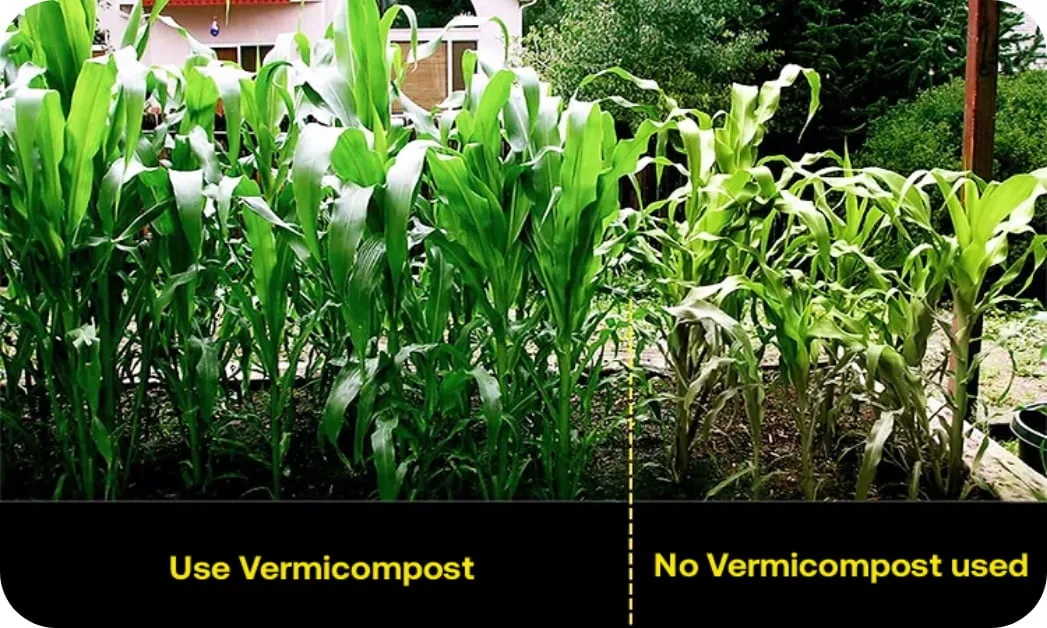
Overwatering is a frequent issue in tarantula enclosures, and it can be exacerbated if not managed properly. Vermicast excels at retaining water, which is generally a benefit. However, if you overwater the terrarium, the substrate can become excessively moist, leading to several problems. Excess moisture can create anaerobic conditions, which are detrimental to the soil health and can foster the growth of mold and fungus. The presence of mold can pose health risks to the tarantula. To avoid overwatering, always monitor the humidity levels with a hygrometer and allow the substrate to dry slightly between waterings. Ensure that the enclosure has adequate drainage, and consider adding a layer of drainage material, such as gravel, at the bottom of the terrarium. Adjust watering frequency based on the specific needs of your tarantula species and the environmental conditions of the enclosure.
Insufficient Ventilation
Insufficient ventilation is another common mistake that can undermine the benefits of vermicast and negatively impact your tarantula’s health. Proper ventilation is crucial for maintaining the correct humidity levels and preventing the build-up of harmful gases, such as ammonia, that can result from the breakdown of organic matter. Without adequate airflow, moisture can accumulate, promoting mold and bacterial growth. Ensure that the enclosure has appropriate ventilation, which typically involves strategically placed vents. The amount of ventilation needed will depend on the size of the enclosure and the specific requirements of your tarantula species. Regularly inspect the enclosure to ensure that air is circulating properly. Signs of inadequate ventilation include excessive condensation on the walls of the terrarium, a musty odor, or the appearance of mold. If you observe any of these issues, adjust the ventilation accordingly to improve the air quality and maintain a healthy environment for your tarantula.
Conclusion Vermicast for Tarantulas
In conclusion, vermicast is a valuable amendment for tarantula enclosures, providing numerous benefits that promote a healthy and thriving environment. From enhancing soil health and increasing nutrient availability to improving pest resistance and water retention, vermicast offers a holistic approach to tarantula care. The use of vermicast contributes to a more stable and comfortable habitat, which is essential for the well-being of your pet. By understanding the benefits, knowing how to correctly incorporate vermicast, and avoiding common mistakes, you can create an optimal environment that supports the long-term health and happiness of your tarantula. Vermicast is not just an addition; it’s an investment in providing the best possible care for your tarantula, ensuring they thrive in their habitat.
